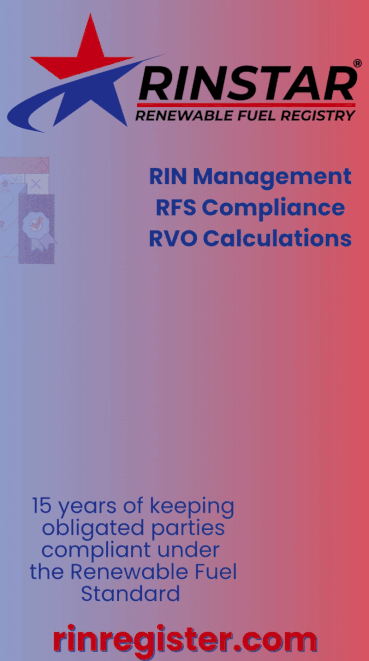LanzaJet’s renewable diesel, SAF from undenatured sugarcane ethanol approved to generate D4 RINs
- Ron Kotrba

- Jan 19, 2023
- 3 min read

U.S. EPA has approved a pathway for LanzaJet Inc. to generate biomass-based diesel (D4) renewable identification number (RIN) credits under the Renewable Fuel Standard for its renewable diesel and sustainable aviation fuel (SAF) produced from undenatured sugarcane ethanol at its Freedom Pines Fuels facility under construction in Soperton, Georgia.
“We estimate that renewable jet fuel and renewable diesel produced through the LanzaJet Soperton Process from undenatured sugarcane ethanol reduces lifecycle greenhouse-gas (GHG) emissions by approximately 54 percent to 66 percent when compared to the statutory petroleum baseline,” EPA stated in a Jan. 12 letter to Alex Menotti, vice president of corporate and government affairs at LanzaJet. Qualifying fuels must meet a 50 percent GHG reduction threshold in order to be considered for D4 RIN generation. “Based on our evaluation,” EPA continued, “renewable jet fuel and renewable diesel produced from undenatured sugarcane ethanol through the LanzaJet Soperton Process are eligible for biomass-based diesel (D-code 4) RINs, provided all associated regulatory requirements are satisfied, including the requirements related to biointermediates,” along with other conditions specified in the determination letter.
To assess the lifecycle GHG emissions of the fuels, EPA first estimated the emissions associated with the undenatured sugarcane ethanol biointermediate.
As described in the 2020-’22 RFS final rule, undenatured ethanol is considered a biointermediate, a feedstock that has been partially converted at one facility but is then sent to a separate facility for final processing into a renewable fuel.
“For evaluating undenatured ethanol produced from sugarcane, we rely upon the analysis published in the March 2010 RFS2 rule (75 FR 14670), which included an estimation of the GHG emissions attributable to the production of sugarcane ethanol in Brazil—the primary global producer of ethanol from sugarcane,” EPA stated. “We made several revisions to the RFS2 sugarcane ethanol analysis, including using more recent data on sugarcane cultivation and estimates of the global warming potentials of greenhouse gases, and updates to emissions factors used for process energy. We also consider three different methods of accounting for electricity, which is coproduced at sugarcane ethanol production facilities in Brazil. Pathway lifecycle GHG emissions are then estimated by combining ethanol production emissions with the estimated emissions associated with the production of renewable diesel and jet fuel using the LanzaJet Soperton Process, and with emissions from distribution and use of those fuels.”
Based on EPA’s assessment of LanzaJet’s equivalence-value application, the agency has temporarily approved an equivalence value of 1.6 for LanzaJet’s SAF and 1.7 for its renewable diesel.
“Given that LanzaJet’s current equivalence-value application is based on pilot-scale fuel production, EPA is conditioning this pathway approval on LanzaJet submitting a new equivalence-value application for their [SAF] within 60 days of operation of the LanzaJet Soperton Facility,” EPA stated.
Regarding the 1.7 equivalence value for renewable diesel, the agency added, “EPA has concerns that the renewable diesel produced, sampled and tested at the pilot plant may not be representative of the renewable diesel produced at the LanzaJet Soperton Facility and thus may not qualify for the 1.7 equivalence value for renewable diesel under 40 CFR 80.1415(b)(4). Therefore, to ensure that the renewable diesel produced at the LanzaJet Soperton Facility qualifies for the 1.7 equivalence value, LanzaJet would be expected to submit in its registration submission to EPA a certificate of analysis for a representative sample of renewable diesel produced from the facility that demonstrates that the renewable diesel has a lower heating value of at least 123,500 BTUs per gallon.”
LanzaJet expects completion of construction on its Freedom Pines Fuels facility this year. The plant is scaled to produce 10 million gallons per year, with output estimated at 90 percent SAF and 10 percent renewable diesel.


































